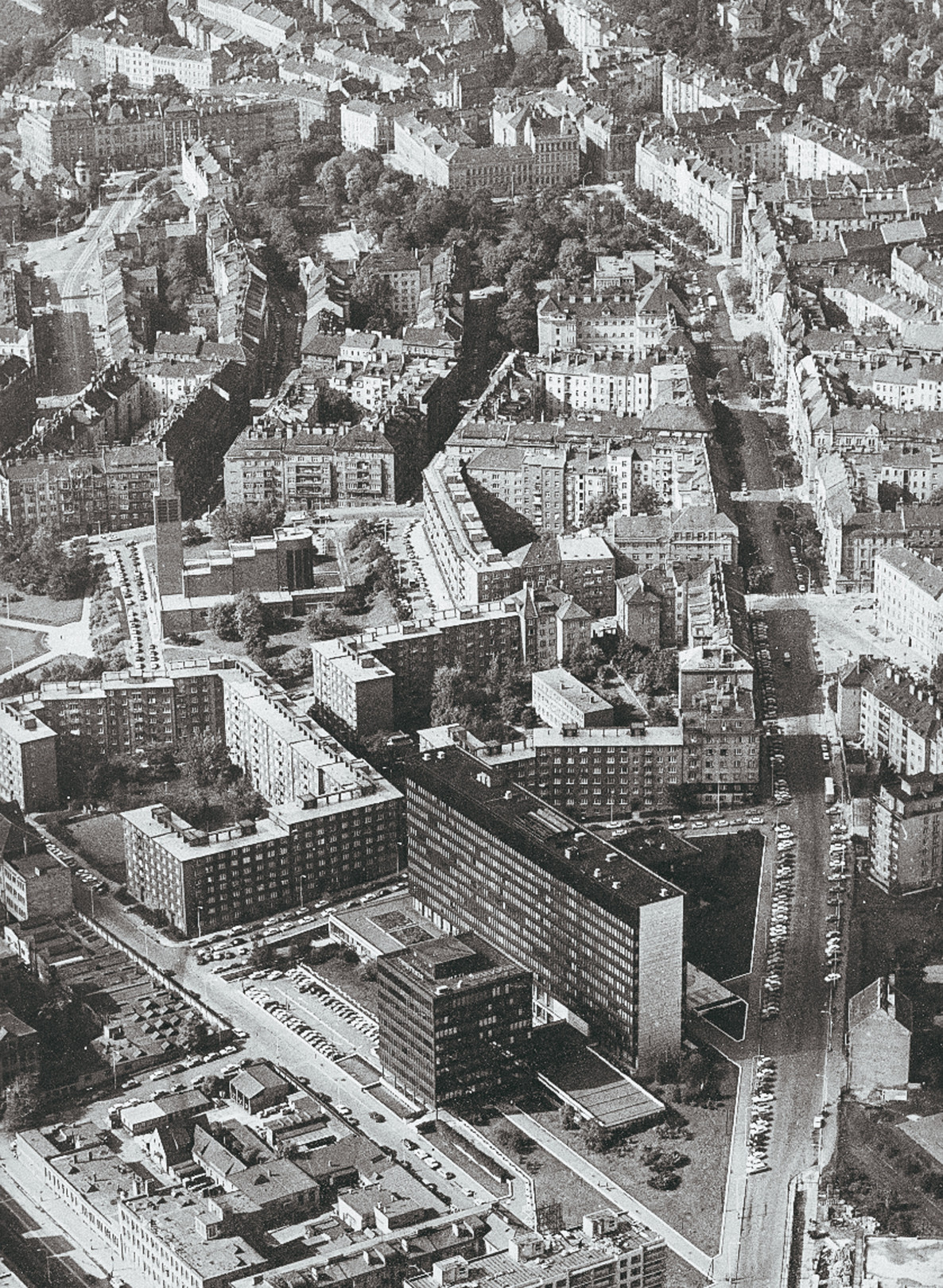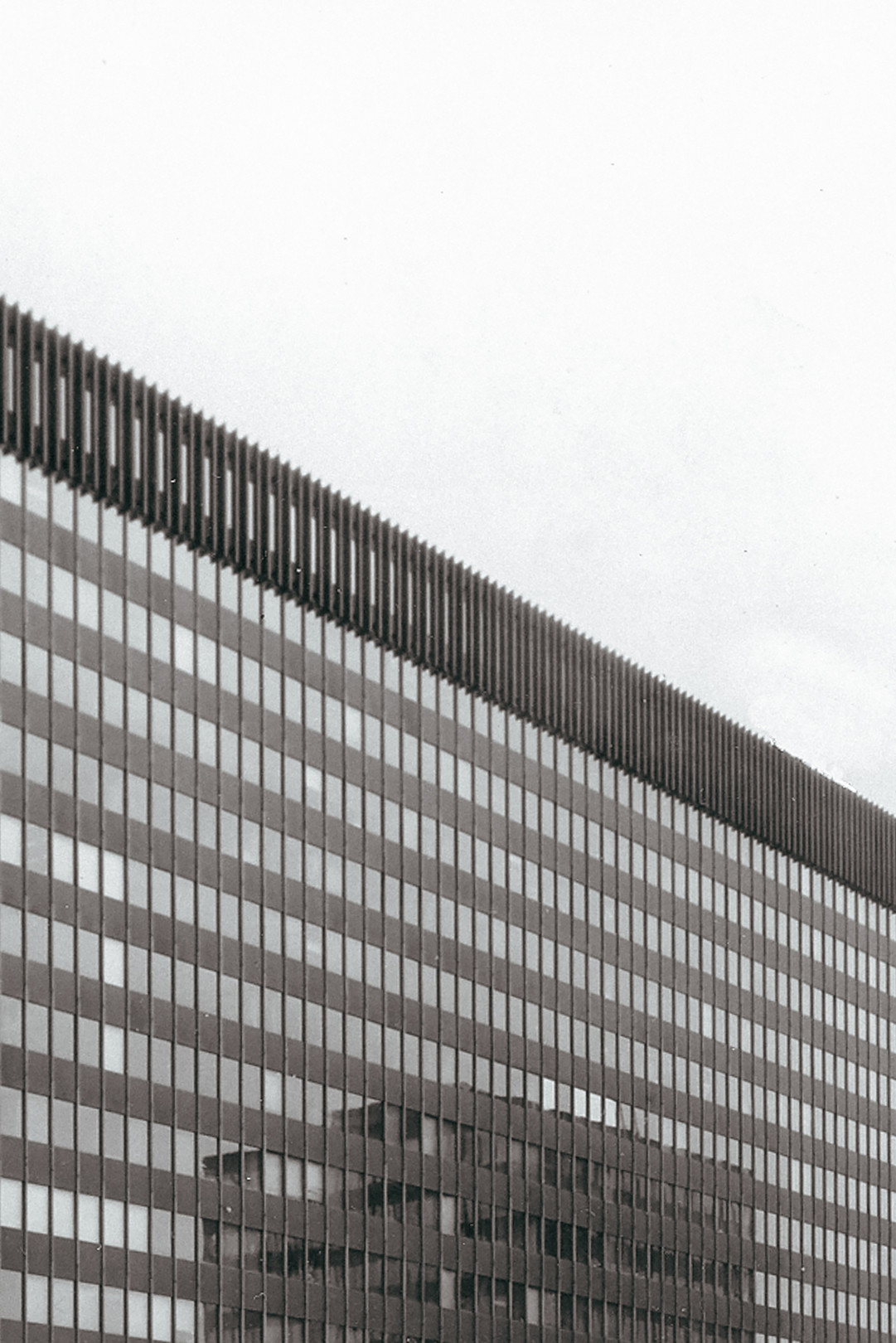Martin Kunc↓
Gallery
Studies
| 2019–2022 | Architecture, AVU (Miroslav Šik) |
| 2021 | studijní stáž na Akademii výtvarných umění v Mnichově (Carlo Baumschlager) |
| 2018 | studijní stáž na KU Leuven, Campus Sint-Lucas v Gentu, ateliér Jo Van Den Berghe a Mira Sanders |
| 2014–2018 | Fakulta umění a architektury, TU v Liberci, obor architektura a urbanismus |
About the work
Reject Tradition, Embrace Modernity
Reject Modernity, Embrace tradition
The subject of the diploma project and the broader theme of the studio is ‘reuse’ in architecture, typically relating to the concept of reusing building structures and adaptation of existing buildings for new functionalities. The principle of ‘reuse’ is not a new concept within architecture. In its historical development society abandons outdated building forms and architectural approaches. Both material shortages and societal developments have led past generations to frequent building alterations and usage of materials from existing buildings. Our generation recognizes the concept of ‘reuse’ not only as economically profitable but also as a more sustainable life approach within the context of the Climate Crisis.
The construction industry annually produces around 11% of the world’s CO2 emissions. Approximately another 28% originates from building maintenance. As architects entering the building process, we have a responsibility to seek more sustainable and environmentally friendly approaches to construction. Before a decision is made to demolish an old house and build a new one, we must consider adapting it to a new purpose. The common linear model (Extraction - Production - Construction - Utility - Disposal) must be replaced by a circular model rooted in the principles of recycling and recovery of existing materials. The adaptation and ‘reuse’ of buildings has become more prominent in recent years, as is evident in professional publications, architectural competitions, and a number of quality projects. However, the phenomenon of conversions mostly regards buildings from the 1890s to the 1940s, for which there is a consensus on their architectural and cultural value. The subject of our interest are mostly modernist buildings built after 1945, whose fate is more complex.
Buildings constructed after World War II are currently at the end of their first life cycle and are thus naturally awaiting their first revamp. Both the technological and financial requirements of a possible reconstruction in combination with the period method of urban planning urges demand to replace the buildings with new constructions. In many cases, demolition, and the irreversible loss of cultural, aesthetic and material value occur instead of a restoration. The buildings’ common unpopularity with the public often contributes to their demise. The architects’ original concepts and ideas are concealed under the ideological curtain of the socialist era. The houses are given pejorative labels associated with the previous regime, despite the fact that they were predominantly inspired by Western architecture.
The Chemapol-Investa administrative complex in Prague‘s Vršovice, from the end of the 1960s, designed by then aspiring architects Zdenka Nováková and Dagmar Šestáková, was selected from a study of buildings suitable for ‘reuse’ and adaptation. The deteriorating condition of the building, its high energy intensity and low office occupancy after the covid-19 pandemic, combined with the energy and housing crisis, have put the building in a troublesome situation, its operation is no longer economically viable, and its demolition and replacement is being considered.
The project is rooted in the incentive to find an alternative to an approach often favouring demolition and one-time evaluation. In the project, explore the possibilities of adapting the building to fresh purposes, its possible extensions, and the use of existing building elements on new or existing objects. The focus of my proposal is the verification of the urbanity of the modernist administrative complex with the adjoining public space and its confrontation with the contemporary perception of the city. I am also searching for the answers to questions concerning the analogous images of architecture and their integration into the non-contextual language of international style.

